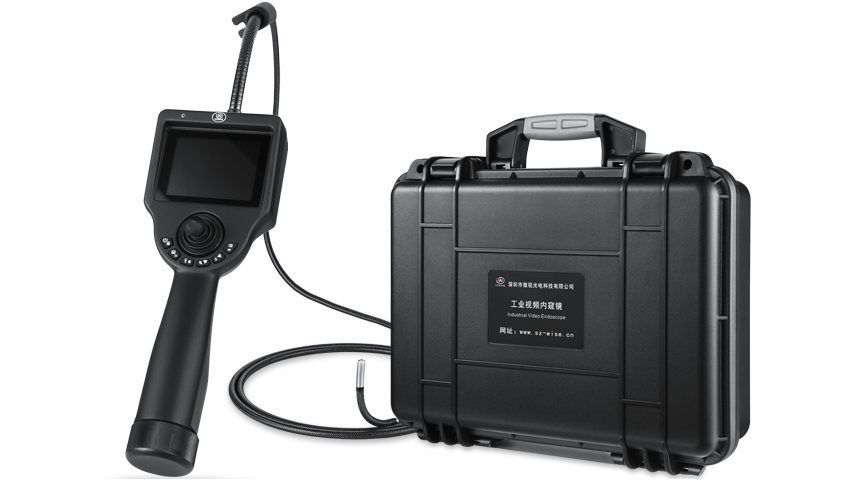Classification of industrial endoscopes
2023-05-17
Industrial endoscopes are widely used inspection equipment in the industrial field, which can realize inspections and maintenance inside the equipment. According to different classification standards, industrial endoscopes can be divided into several types.
Firstly, according to sensor technology, industrial endoscopes can mainly be classified into three types: optical endoscopes, infrared endoscopes, and ultrasound endoscopes. Optical endoscopes are mainly used in environments with good lighting conditions. They can transmit images of the object being inspected to a display screen through optical lenses for observation and judgment by operators. Infrared endoscopes are mainly used to detect devices in high-temperature or low-temperature environments. The principle is to capture the infrared radiation signal emitted by the object being inspected through an infrared sensor and convert it into an image. Ultrasound endoscopes use ultrasonic waves to probe the object being inspected to obtain internal structural information.

Secondly, according to the application areas, industrial endoscopes can be classified into several types, including automotive endoscopes, aviation endoscopes, drainage pipe endoscopes, etc. Automotive endoscopes are mainly used in the automotive manufacturing and maintenance fields to inspect the structure and condition of engine components. Aviation endoscopes are mainly used in aircraft maintenance and upkeep to inspect parts like engines and hydraulic systems. Drainage pipe endoscopes are mainly used in the inspection and maintenance of urban drainage systems to check for sediments and damages inside pipes.
Finally, according to the diameter of the lens, industrial endoscopes can also be classified into three types: miniature endoscopes, medium-sized endoscopes, and large endoscopes. Miniature endoscopes usually have a diameter between 2-5mm and are suitable for inspecting small parts of equipment. Medium-sized endoscopes have a diameter between 5-15mm and are suitable for inspecting moderately sized parts of equipment. Large endoscopes have a diameter between 15-100mm and are suitable for inspecting large equipment structures.
In conclusion, industrial endoscopes are widely used inspection equipment in the industrial field. Different types of endoscopes have their unique features and advantages. Choosing the appropriate endoscope according to actual needs can improve inspection efficiency and accuracy, saving costs for enterprises and ensuring the normal operation of equipment.



